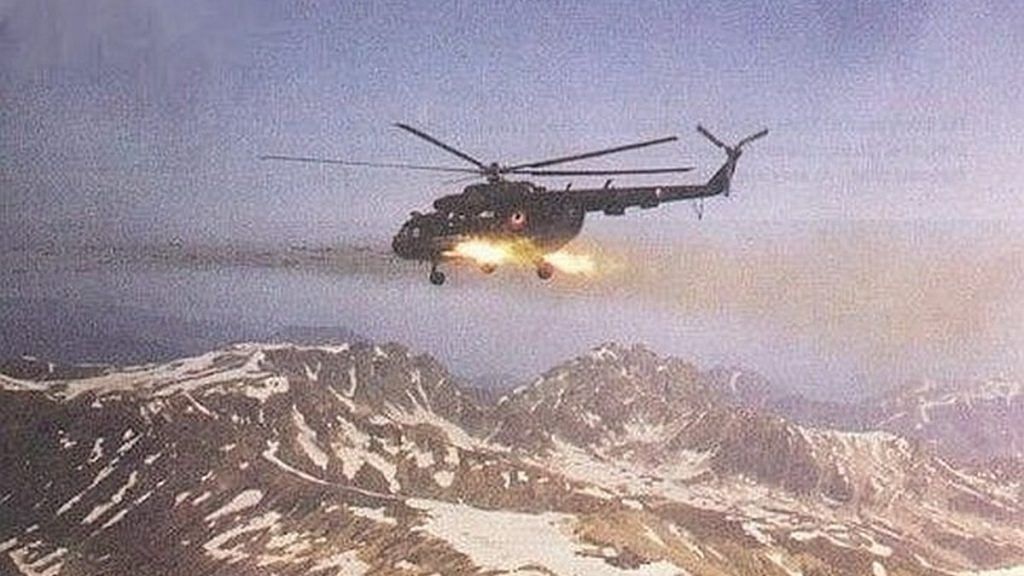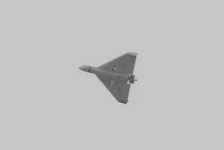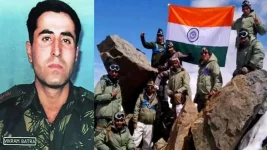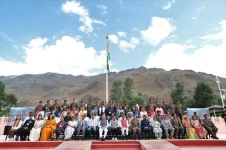
Nagpur resident and Wing Commander (retd) Arvind Pandey recently recounted his harrowing experience during the Kargil War in 1999, where he witnessed the downing of Squadron Leader Rajiv Pundir's helicopter by a Pakistani Stinger missile.
Pandey, then a squadron leader in the 129 Helicopter Unit, was flying his M-17 helicopter alongside Pundir's when the attack occurred. The Indian Air Force (IAF) was tasked with attacking enemy bunkers at Tiger Hills and Tololing, and Pundir's helicopter, unfortunately lacking the counter-missile defense system (CMDS) present on other helicopters, was struck.
The incident, which resulted in the loss of all crew members aboard Pundir's helicopter, was a stark reminder of the risks faced by IAF pilots during the conflict. Flight Lieutenant K Nachiketa and Squadron Leader Ajay Ahuja had also been shot down by Stinger missiles earlier in the war.
Despite these losses, the IAF continued its missions, relying on basic systems and visual judgment to target enemy positions. Pandey recalls a successful attack on the first day, confirmed by intercepted enemy communications revealing the deaths of 40 Pakistani troops.
The M-17 helicopters, the only ones capable of operating at altitudes above 17,000 feet, were crucial in the conflict. However, they lacked engine exhaust cooling systems, making them more vulnerable to Stinger missiles.
Pandey's helicopter, equipped with a CMDS, was able to evade multiple Stinger missile attacks. He remembers the decision made by the pilots following Pundir's downing: if hit, they would fly directly into the target, ensuring the enemy was also taken down.
While Pakistani troops possessed Stinger missiles, they used them sparingly, often due to their age and condition. An Army Cheetah helicopter sent to recover the remains of Pundir's crew was not fired upon, suggesting the missiles were primarily used defensively.
After his military service, Pandey transitioned to flying civilian helicopters and participated in rescue missions in Kedarnath and Amarnath. His story serves as a testament to the bravery and sacrifice of the IAF pilots during the Kargil War and highlights the challenges they faced with their equipment and the enemy's tactics.
This article is based on the information provided by Wing Commander (retd) Arvind Pandey and supplemented with open-source information about the Kargil War and the IAF's involvement.



